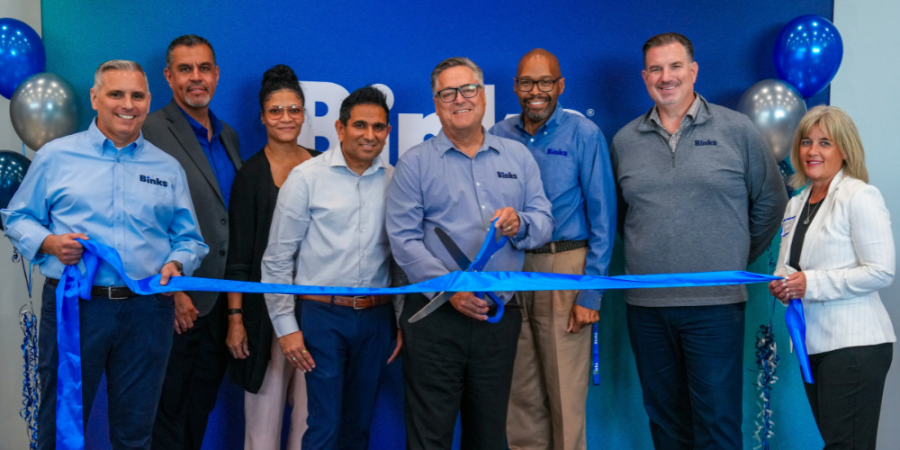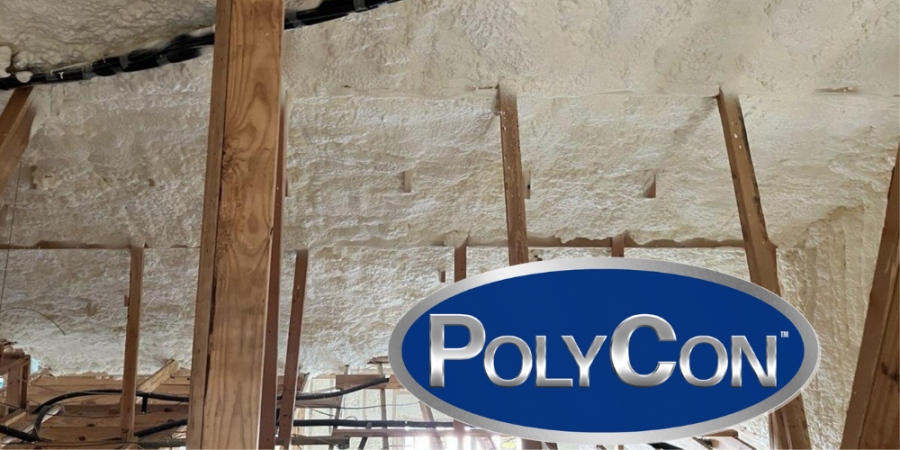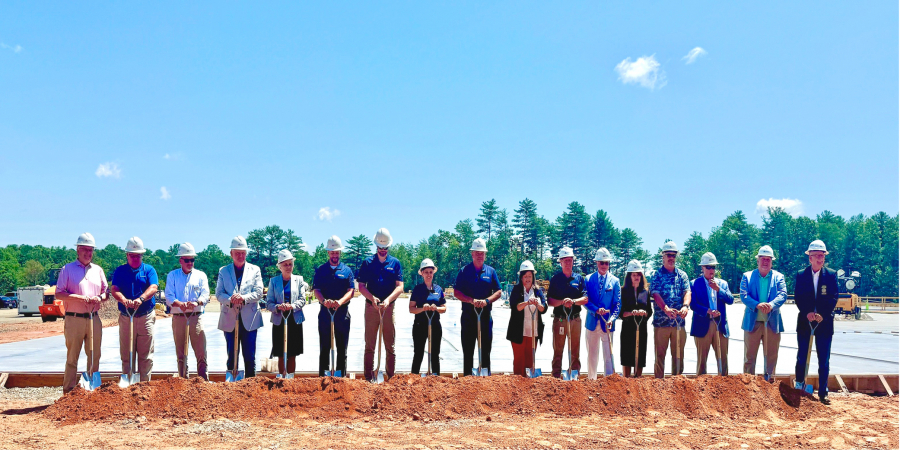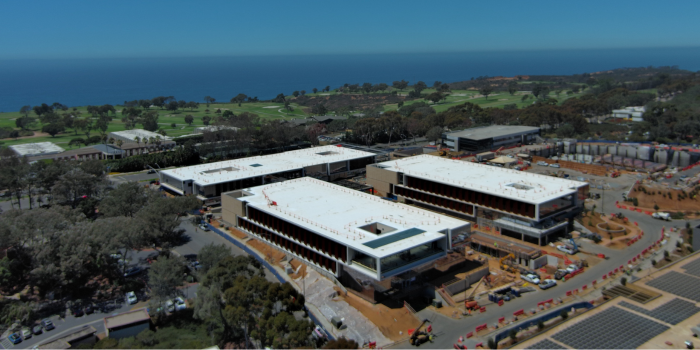Bill to Increase Employment and Improve the Energy-Efficiency of Commercial Building Roofs is Reintroduced
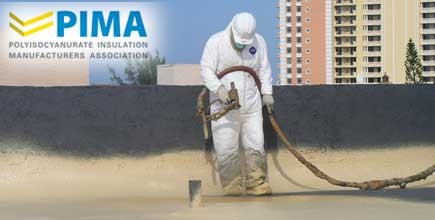
BETHESDA, MD – July 11, 2014 – U.S. Senator Ben Cardin (D-Md.), has reintroduced the ''Energy-Efficient Cool Roofs Jobs Act," S. 2388, which would boost job creation in the construction industry and significantly increase the energy efficiency of buildings throughout the U.S., lowering energy costs and saving money. The bill would improve investment returns on building energy-efficiency improvements by shortening the tax depreciation period for the installation of new roofs on existing buildings that meet certain thermal performance and "cool roof" requirements.
"We don't need to choose between good jobs and helping the environment – we can do both with the same policy," said Senator Cardin. "Cool Roofs provides an opportunity to reduce energy consumption and add nearly 40,000 jobs to a sector of our economy that still has not felt the full effect of our emergent recovery. It's no wonder this bill, which provides incentives to install energy efficient roofs and simplifies the tax code, has such broad support across industries and labor."
S. 2388 is co-sponsored by Senators Mike Crapo (R-Idaho) and Dean Heller (R-Nev.). Senator Cardin also filed the Energy-Efficient Cool Roofs Jobs Act as an amendment (S. Admt 3186) to the EXPIRE Act (S. 2260). U.S. Representatives Tom Reed (R-NY) and Bill Pascrell (D-NJ) have introduced a companion bill in the House (H.R. 4740).
The bill reduces the depreciation period for commercial roof retrofits, lowering the current 39-year depreciation period in the current tax code to a 20-year depreciation period for energy-efficient cool roof systems. To qualify, roofs must include systems with insulation that meets or exceeds the ASHRAE Standard 189.1-2011, a model green building standard, and have a cool roof surface in climate zones one through five.
"Congress recognizes the value of commercial building roofs in terms of both national energy policy and providing an incentive for owners to increase the thermal performance of their buildings," said Jared O. Blum, President, Polyisocyanurate Insulation Manufacturers Association (PIMA), a supporter of the bill. "Most buildings in this country were built before modern energy codes were in place, so upgrading the performance of those buildings with more energy efficient roofs can save lots of money."
"The legislation also offers a more fair treatment of roofs under the tax depreciation system. As currently structured, the tax code has created a disincentive for building owners to upgrade their roofs," added Blum.
The Energy-Efficient Cool Roofs Jobs Act has attracted a wide range of supporters, including PIMA. The bill would create nearly 40,000 new jobs among roofing contractors and manufacturers; add $1 billion of taxable annual revenue in the construction sector; make the tax code simpler and more equitable for small businesses of all types; reduce U.S. energy consumption and save small businesses millions of dollars in energy costs; and reduce carbon emissions by 800,000 metric tons – an amount equal to the emissions of 153,000 cars. Additional supporters include:
- Alliance to Save Energy
- American Council for an Energy-Efficient Economy (ACEEE)
- Asphalt Roofing Manufacturers Association (ARMA)
- Associated Builders and Contractors (ABC)
- Building Owners and Managers Association (BOMA)
- Center for Environmental Innovation in Roofing (CEIR)
- Environmental and Energy Study Institute (EESI)
- Global Cool Cities Alliance
- Institute for Market Transformation (IMT)
- Joint Roofing Industry Labor and Management Committee
- National Roofing Contractors Association (NRCA)
- NAIOP: The Commercial Real Estate Development Association
- Spray Polyurethane Foam Alliance (SPFA)
- United Union of Roofers, Waterproofers and Allied Workers
A significant opportunity to increase building energy efficiency lies within the commercial roofing sector. Waterproof membranes on commercial low-slope roofs (i.e., flat roofs) last, on average, 17 years. When these membranes are replaced, building owners could add a reasonable amount of insulation and substitute a white roof surface (i.e., a cool or reflective roof) for the traditional dark colored roof surface, a practice that would save $12.2 billion in energy costs in just the first ten years. The annual savings after ten years would be $2.4 billion. This activity would also avoid and offset 147 million tons of CO2 emissions, an amount that is equal to the annual emissions of 38 coal fired power plants.
About PIMA: For over 25 years, the Polyisocyanurate Insulation Manufacturers Association (PIMA) has served as the unified voice of the rigid polyiso industry proactively advocating for safe, cost-effective, sustainable and energy efficient construction. PIMA's members, who first came together in 1987, include a synergistic partnership of polyiso manufacturers and industry suppliers. Polyiso is one of the Nation's most widely used and cost-effective insulation products available. To learn more please use the contact information and link provided below.
Disqus website name not provided.



